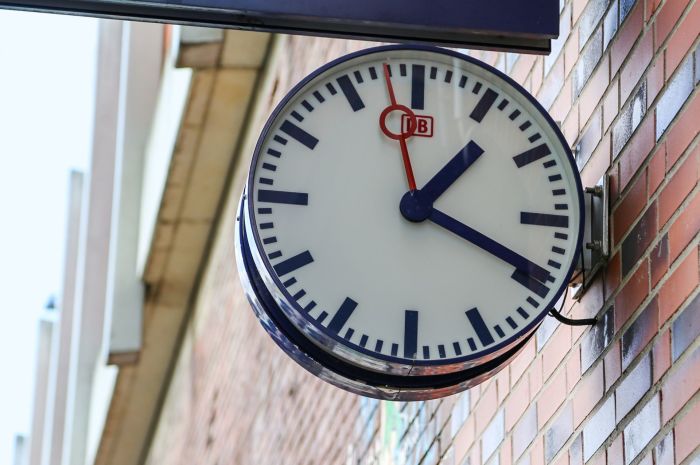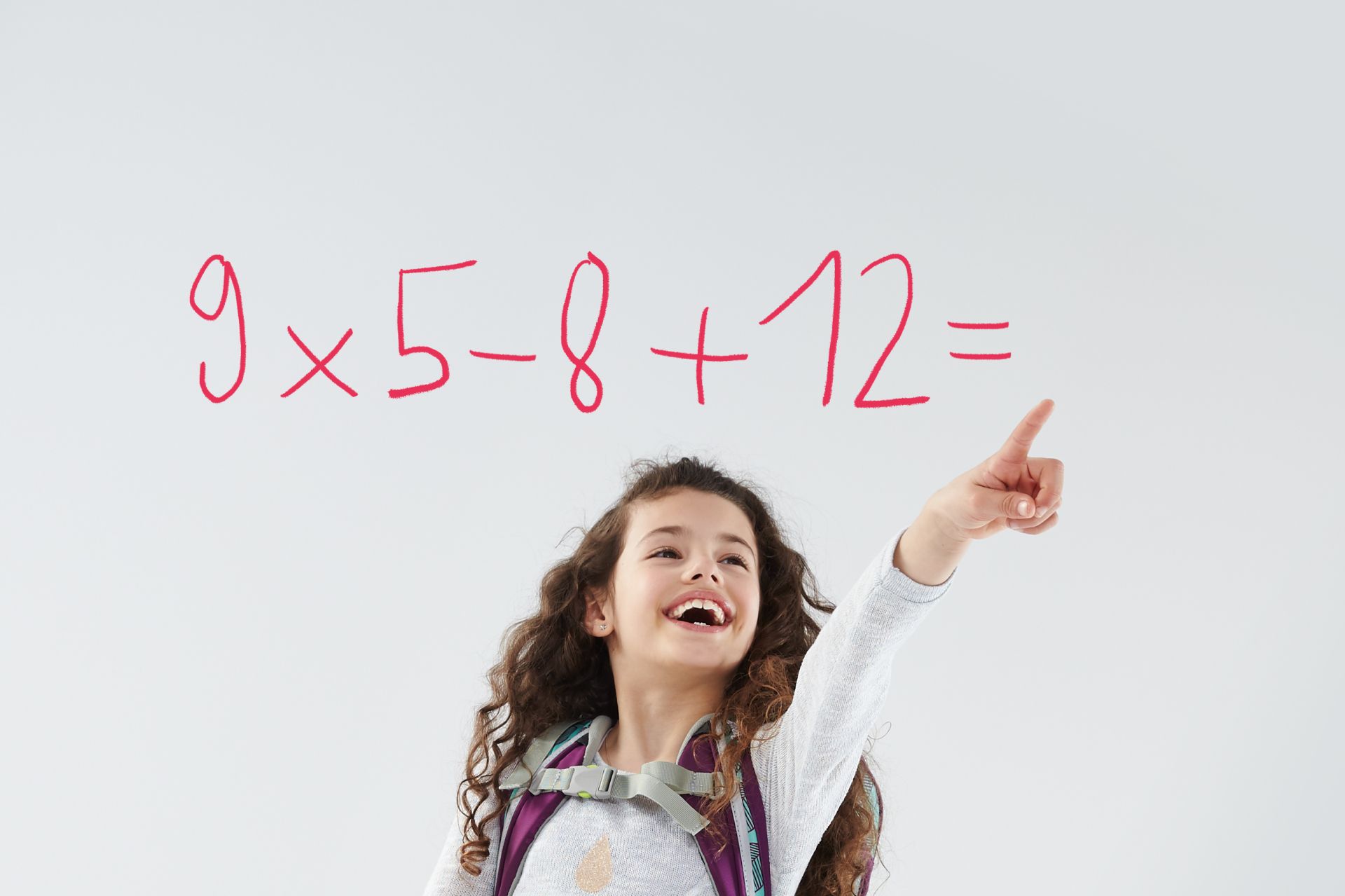Our topics:
The easy way for your children to learn to tell the time

We are all born with a natural sense of time.
Children have an inherent "sense of time" from birth but this doesn't mean that they understand the meaning of "tomorrow" or "in a couple of hours" when they are very young. Their concept of time is different from that of grown-ups. They live in the present. Only when they are about five years old do they start to distinguish between past and present. At this age kids already measure periods of time by counting. Not until they go to primary school do they tend to learn the often abstract time measurements which we grown-ups use.
Children need time in order to develop and understand their own sense of time. Even children of primary school age often confuse durations and times.
How to tell the time
Learning to tell the time can be very exciting. Children develop an interest in clocks and calendars from a certain point in time. This is the moment you've been waiting for: you can start to teach your child to tell the time in a fun way so that they can understand daily routines more easily. The expression "only two more sleeps" can turn into "the day after tomorrow" – later on you can start using weekdays or dates.
You shouldn't forget that telling the time doesn't come as naturally to your children as it does to you. So patience is important – so that the learning process is fun for the little ones.
There is a lot of literature that can help you to teach your kids to tell the time. The general starting point is to illustrate the term and explain the meaning of time. A practice clock can help when learning to tell the time. The most effective way is to let your children draw clocks, put the numbers in the right places and then position the hands. This gives them an initial understanding of time. This can then be encouraged if specific times are integrated into the daily routine: "lunch is at 12 o'clock; that is when the big hand and the little hand are both pointing at 12". In this way your children will gain a more precise idea of times and can also start using them gradually in their everyday context. An understanding of weekdays and months, i.e. the calendar, will then follow.
Analog and digital
It is important for your kids to learn to read an analog clock – as the visual arrangement of the hands and numbers conveys a good understanding of time relations – before being introduced to a digital clock later on. They need to learn, for example, that 14:00 hours is the same as 2 p.m. This is very complicated to start with because they still have to calculate the time in their heads but, as we all know, practice makes perfect. It doesn't take long for telling the time to come just as naturally to them as it does to us grown-ups.
The advantage of this is that the understanding of times and intervals lays the foundation for grasping numbers and math at school. What is more, your kids will gain an enormous amount of confidence in this way – a little step towards independence.
So get your clocks ready… steady… go!

